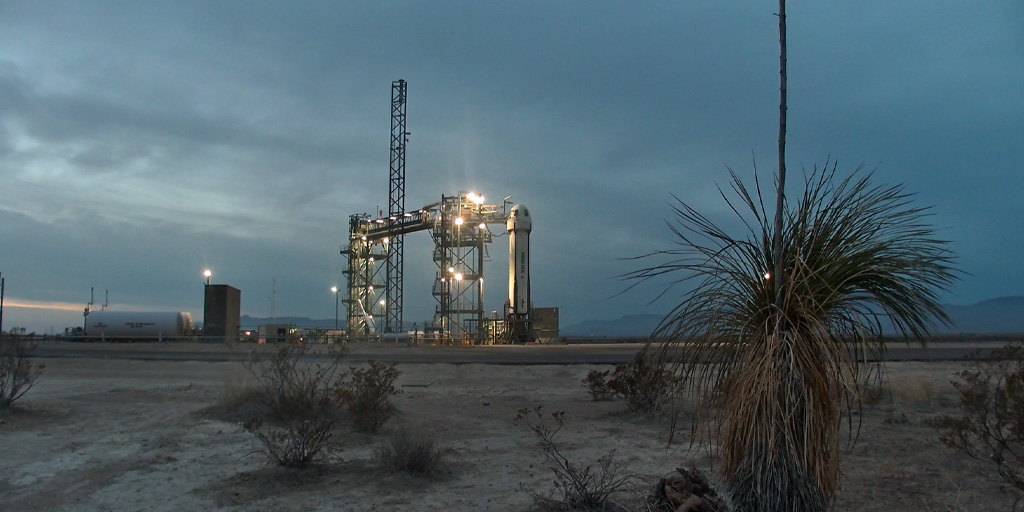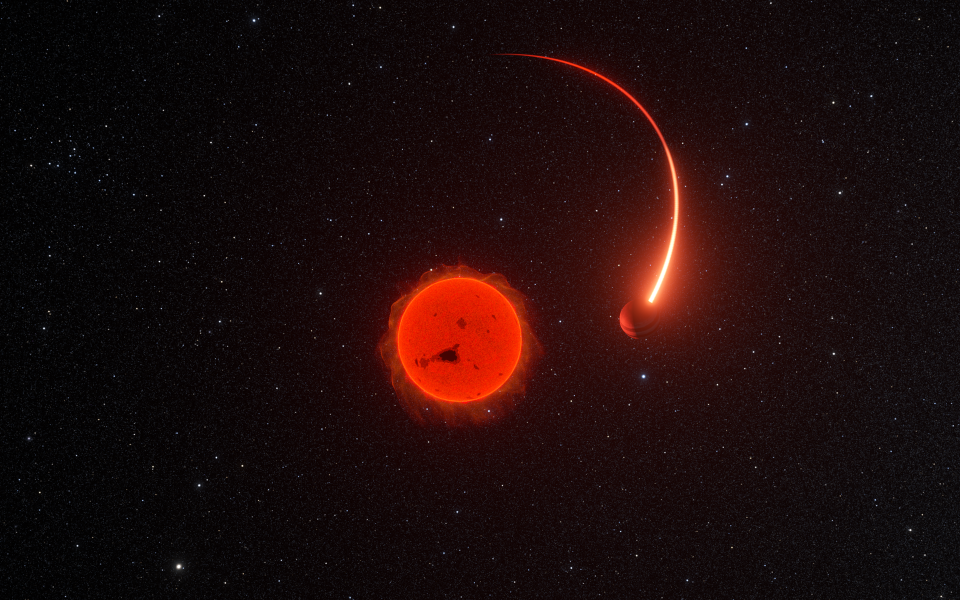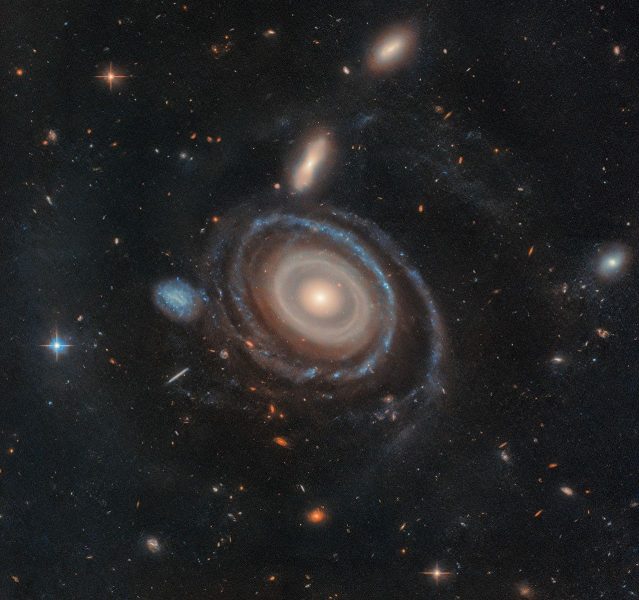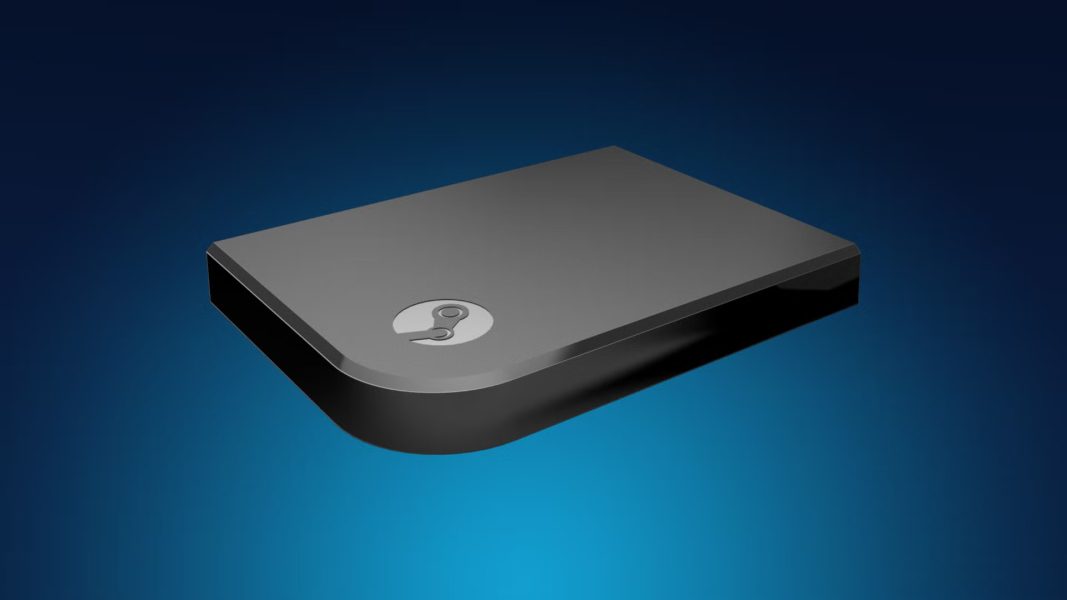Launch Roundup: Electron, Soyuz set to fly; New Shepard to simulate lunar gravity – NASASpaceflight.com

February 3, 2025January 27, 2025January 26, 2025January 22, 2025January 22, 2025January 6, 2025December 31, 2024December 31, 2024January 21, 2025December 31, 2024December 31, 2024December 27, 2024January 27, 2025December 31, 2024December 30, 2024December 23, 2024January 27, 2025January 14, 2025January 13, 2025December 31, 2024February 3, 2025December 31, 2024December 27, 2024December 23, 2024February 3, 2025January 31, 2025January 26, 2025January 21, 2025January 31, 2025January 21, 2025January 5, 2025December 31, 2024May 18, 2024December 3, 2023April 26, 2023March 28, 2023January 15, 2025December 4, 2024September 12, 2024August 13, 2024February 3, 2025January 27, 2025January 26, 2025January 22, 2025January 22, 2025January 6, 2025December 31, 2024December 31, 2024January 21, 2025December 31, 2024December 31, 2024December 27, 2024January 27, 2025December 31, 2024December 30, 2024December 23, 2024January 27, 2025January 14, 2025January 13, 2025December 31, 2024February 3, 2025December 31, 2024December 27, 2024December 23, 2024February 3, 2025January 31, 2025January 26, 2025January 21, 2025January 31, 2025January 21, 2025January 5, 2025December 31, 2024May 18, 2024December 3, 2023April 26, 2023March 28, 2023January 15, 2025December 4, 2024September 12, 2024August 13, 2024February 3, 2025January 27, 2025January 26, 2025January 22, 2025January 22, 2025January 6, 2025December 31, 2024December 31, 2024January 21, 2025December 31, 2024December 31, 2024December 27, 2024January 27, 2025December 31, 2024December 30, 2024December 23, 2024January 27, 2025January 14, 2025January 13, 2025December 31, 2024February 3, 2025December 31, 2024December 27, 2024December 23, 2024February 3, 2025January 31, 2025January 26, 2025January 21, 2025January 31, 2025January 21, 2025January 5, 2025December 31, 2024May 18, 2024December 3, 2023April 26, 2023March 28, 2023January 15, 2025December 4, 2024September 12, 2024August 13, 2024This week’s launch manifest is quite diverse, featuring the launches of four different rockets worldwide. Blue Origin’s New Shepard suborbital rocket has simulated the Moon’s gravity from just beyond the Kármán line, and Rocket Lab is gearing up for Electron’s first launch of the year from New Zealand.Russia is preparing to launch Soyuz for the first time in 2025 with a batch of classified satellites. SpaceX continues to follow its rapid launch cadence this week, with four Falcon 9 launches scheduled.Falcon 9 | Starlink Group 12-3Following a significant delay that pushed this launch from December 2024 to February 2025, Falcon 9 finally carried 21 Starlink v2 Mini satellites to LEO from Space Launch Complex 40 (SLC-40) at the CCSFS at 5:15 AM EST (10:15 UTC) on Feb. 4. The window for this mission extended to 7:26 AM EST (12:26 UTC), allowing any minor mishaps or potential weather delays to pass. Of the satellites launched on this mission, 13 featured Direct-to-Cell (DTC) capabilities. Adding these satellites to orbit will enable a broader range of testing on SpaceX’s DTC beta, which opened on Jan. 27. Falcon 9 placed these satellites into an orbit inclined 43 degrees after flying a southeastern trajectory out of the Cape. This mission will increase the number of working Starlink satellites in orbit to over 7,000.Due to the delay, this will now be the eighth launch in the Group 12 constellation. Falcon booster B1069 is supporting this mission, flying its 21st mission. It successfully landed on Just Read the Instructions, SpaceX’s autonomous droneship located downrange in the Atlantic Ocean. New Shepard | NS-29Blue Origin launched New Shepard for the NS-29 mission on Feb. 4 at 10:00 AM CST (16:00 UTC), following a scrubbed attempt on Jan. 28. The mission, which launched from Launch Site One in west Texas, delivered 30 payloads into a simulated lunar gravity environment to test them for future operations on the Moon.NASA provided 17 payloads for this mission, including several essential technology demonstrations needed for returning humans to the Moon, such as in-situ resource utilization, dust mitigation, advanced habitation systems, and entry and landing technologies.Blue Origin’s booster lands during the New Shepard NS-27 mission in October 2024. (Credit: Blue Origin)Each payload experienced two minutes of simulated lunar gravity. Blue Origin can simulate and sustain the Moon’s gravity by using reaction control thrusters to place the New Shepard capsule, RSS H.G. Wells, into a controlled spin of 11 revolutions per minute. Previously, this was only achievable for about 20 seconds with parabolic flights. Blue Origin’s method could also simulate the gravity environments of other planetary bodies, such as Mars, Europa, and others. The NS5 booster transported the payloads to suborbital space, NS-29 serving as its second flight. Following liftoff and capsule separation, the booster landed successfully at the launch site. NS5 also carried one payload externally, with the remaining 29 payloads inside the capsule. Blue Origin have now launched over 175 commercial payloads into suborbital space using New Shepard. NS-29 mission patch and explanation of symbols. (Credit Blue Origin)Falcon 9 | WorldView Legion 5 & 6SpaceX will launch the WorldView Legion 5 & 6 mission on Wednesday, Feb. 4, at 6:07 PM EST (23:07 UTC) from historic Launch Complex 39A (LC-39A) at the Kennedy Space Center in Florida. This mission will see Falcon 9 carry two Earth observation satellites to low-Earth orbit (LEO). These two satellites mass 750 kg each and will allow Maxar Technologies to monitor changes on Earth’s surface over an area of up to 1.5 million square km per day with a resolution of 30 cm from an altitude of around 450 km.Two WorldView Legion satellites on a dispenser. (Credit: Maxar Technologies)The booster launching this mission, B1086, will fly for the fourth time. It will then return to the launch site to land a few miles south of LC-39A at Landing Zone 1 (LZ-1) at the Cape Canaveral Space Force Station (CCSFS). This will mark SpaceX’s 450th mission overall.Soyuz 2.1v/Volga | Kosmos (Unknown Payload)The return of Soyuz in 2025 includes the launch of classified military satellites on Feb. 5 at 3:00 UTC from Site 43/4 at the Plesetsk Cosmodrome in Russia. While the specifics of the satellites remain unknown and likely will continue to be unknown, it is confirmed that Soyuz is targeting an orbit with an inclination of 82.5 degrees.Soyuz can launch communication satellites into a 1,400-km orbit inclined at 82.5 degrees, which aligns with the orbits of the classified Rodnik communications satellites ordered by Russia in 2021.Falcon 9 | Starlink Group 12-9SpaceX will launch its second batch of Starlink Group 12 satellites this week on Feb. 7 at 1:50 PM EST (18:50 UTC) from SLC-40 at CCSFS. Another batch of 21 Starlink v2 Mini satellites will head to a 43-degree inclined orbit on a southeastern trajectory. This batch of Starlink satellites will also feature 13 DTC-capable satellites.The booster for this mission is currently unknown, but it will attempt to land on one of SpaceX’s autonomous droneships in the Atlantic Ocean.Falcon 9 | Starlink Group 11-10The final Starlink mission of this week is flying out of Vandenburg Space Force Base on Feb. 8 at 4:25 PST (12:25 UTC). Launching from Space Launch Complex 4E (SLC-4E), an unknown Falcon 9 booster will take another batch of Starlink v2 Mini satellites to a 53-degree inclined orbit on a southeastern trajectory. This booster will land on the only droneship stationed on the west coast, Of Course I Still Love You. This will mark SpaceX’s 18th mission of the year.Electron / Curie | IoT 4 You and MeRocket Lab will launch five nanosatellites for the French company Kinéis no earlier than February after a Collision On Launch Avoidance/Assessment on Feb. 3 deemed it unsafe for Electron to enter low-Earth orbit due to potential space debris collisions. When it is to launch, it will lift off from Launch Complex 1A (LC-1A) on the Māhia Peninsula in New Zealand. This mission marks the fourth batch of these satellites to be launched into orbit on Electron for Kinéis. Electron is rolled to the launch pad at LC-1A. (Credit: Rocket Lab)Satellites 16 through 20 will launch on this flight and be deployed into a 650 km LEO using Rocket Lab’s Curie upper stage. Each satellite weighs 30 kg, and placing them in orbit will enhance the global Internet of Things connectivity. This will be Rocket Lab’s first flight of the year, with the company aiming to exceed the 16 launches it achieved in 2024.(Lead image: New Shepard lifting off from launch pad one in West Texas, on Feb. 4, 2025. Credit: Blue Origin)©2005-2023 – NASASpaceflight.comFebruary 3, 2025January 27, 2025January 26, 2025January 22, 2025January 22, 2025January 6, 2025December 31, 2024December 31, 2024January 21, 2025December 31, 2024December 31, 2024December 27, 2024January 27, 2025December 31, 2024December 30, 2024December 23, 2024January 27, 2025January 14, 2025January 13, 2025December 31, 2024February 3, 2025December 31, 2024December 27, 2024December 23, 2024February 3, 2025January 31, 2025January 26, 2025January 21, 2025January 31, 2025January 21, 2025January 5, 2025December 31, 2024May 18, 2024December 3, 2023April 26, 2023March 28, 2023January 15, 2025December 4, 2024September 12, 2024August 13, 2024
Source: https://www.nasaspaceflight.com/2025/02/launch-roundup-020325/






